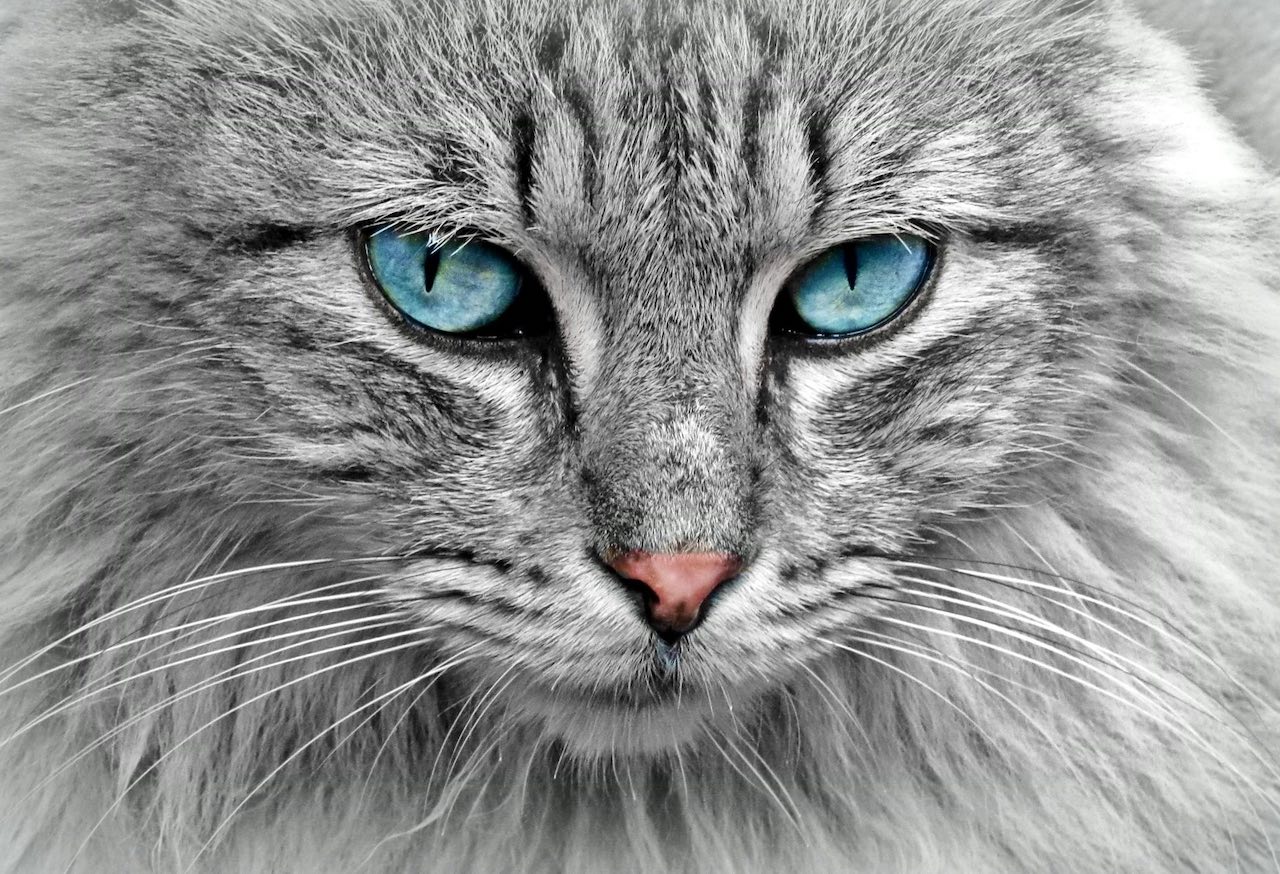Cat Urinary Tract Infections: 7 Critical Signs You Can't Ignore!
-
 Emily Carter
Emily Carter - 21 Mar, 2025

Cats are masters at hiding discomfort, making early detection of urinary tract infections (UTIs) a bit of a challenge. However, recognizing the signs early is crucial to keeping your feline friend comfortable and happy.
What Exactly is a Urinary Tract Infection in Cats?
A urinary tract infection occurs when harmful bacteria enter and multiply in the urinary tract, compromising your cat’s comfort and health.
Spotting the Signs of Cat Urinary Discomfort
Since cats naturally hide their pain, spotting urinary discomfort early can be tricky. Paying close attention to subtle shifts in your cat’s behavior is key to identifying potential urinary tract issues. Here are the most common signs your feline friend might be experiencing urinary discomfort:
- Frequent litter box visits: Repeatedly going to the litter box but producing very little urine.
- Straining to urinate: Visible effort or discomfort during urination.
- Vocalizing or crying out: Meowing or yowling when using the litter box.
- Blood in the urine: Pinkish or reddish discoloration in the litter box.
- Excessive grooming of genital area: Increased licking due to irritation or discomfort.
- Urinating outside the litter box: Sudden changes in bathroom habits or accidents around the home.
- Signs of restlessness or irritability: Changes in overall behavior indicating discomfort or pain.
Why Are Cats Prone to Bladder and Urinary Issues?
Cats are prone due to their naturally concentrated urine and sometimes sedentary lifestyles, combined with diet factors, making them prime candidates for urinary issues.
Preventing Urinary Issues Through Diet and Hydration
Providing wet food and access to freshwater promotes hydration, helping prevent urinary tract problems.
When to Consult a Veterinarian?
If urinary discomfort symptoms continue beyond 24 hours or worsen, it’s time to contact your veterinarian for expert care and guidance.
Early recognition and preventive measures go a long way toward ensuring our furry companions lead comfortable and healthy lives.